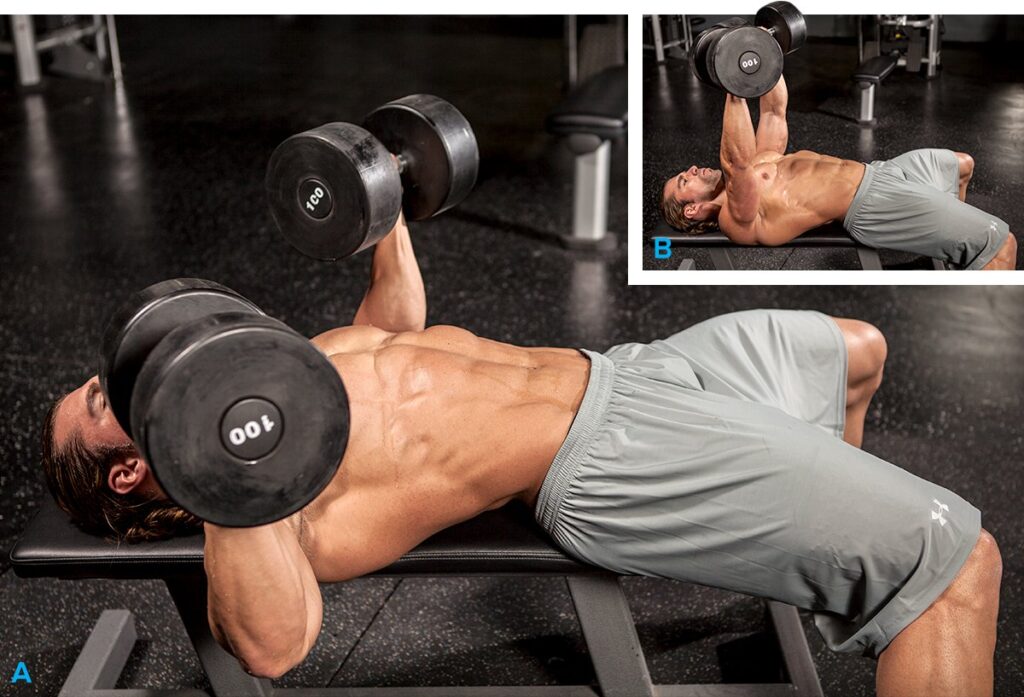The I-Function of the brain, the conscious part, is aware of the senses – sight, hearing, taste, touch, smell – and voluntarily communicates with these senses at all times, back and forth. Information exchange goes on automatically and at lightening speed. But there are other equally important sensory systems essential for functioning. One, probably most crucial, set up by the nervous system (because it’s unconscious) is proprioception.
Proprioception is the process by which our bodies can vary muscle contraction in immediate response to information in relation to changes in balance and tension. Proprioception and kinesthesia, the sensation of joint movement and acceleration, are feedback mechanisms for motor control and posture. Proprioception is how fast the body can adapt to the change in information and posture, using balanced motor control and stretch receptors in the muscles to keep pace with joint position in the body.
Some say that proprioception is the sense of self in space – the sense of relation between limbs and torso and where your body is at any given time, no matter speed or posture.
When a skier is racing down a run and hits a bump in middle of his run, he could hit it and fly off into the forest, or he could hit it and adjust – rapidly – to the changing terrain and information about tension and posture, and alter joint positioning. This is all done in milliseconds. But to the extent that one person is able to adjust within 1 to 2 milliseconds faster, that person may win the ski race.
Training to enhance proprioception has many advantages for any sport. For bodybuilders, it’s more subtle, but it creates a better base from which to increase weight and continue to bear it safely. Weight transfer, balance, strength and quickness are the elements it will enhance for weight trainers – elements we all need to succeed in the gym and ultimately, up on stage.
And while proprioception happens more on the unconscious level, whereas smell for instance, happens on the conscious level, anyone can learn to become more aware of proprioception as it happens. This focus is quite similar to the focus we refer to as Mind-Muscle connection. It’s called “movement intelligence” – a phrase coined by Paul Chek of the Chek Institute in Encinitas, CA.
Activities that require balance, constant adaptation, coordination, agility and power are fantastic ways for people to train to enhance their proprioceptive quotients.
Exercises and apparatus that enhance proprioceptive ability:
Any movement that has a variety of movement patterns and ranges of motion or tension, such as yoga, dancing
Wobble boards for balance conditioning – doing a squat motion (no weight at first) whilst balancing on a disk.
Rotational movements, visual acuity (using vision to recover balance by looking ahead – skiing, ice skating, or anything you want to look at your feet in order to do, but shouldn’t).
Stance work, using medicine balls, which also correlates with core strength and movements
Weight transfer (skiers again) – ski training machines, versa-climbers, rock climbing, running stairs
Constant motion – maintaining balance through constant motion in drills
Other apparatus: Exercise balls, medicine balls, wobble boards or see-saw boards (easiest) and shoes with half-balls positioned in the arch or on the ball of the foot can all enhance proprioceptive drills from static to constant movement.
All of these things will create the ability to make spur of the moment decisions to rebalance the body. And because you have proprioceptors that run from the base of your skull down to the base of your heels, the whole body needs to be challenged in exercises.

